Garden Seating Area: Creating Comfort and Style in Your Outdoor Space
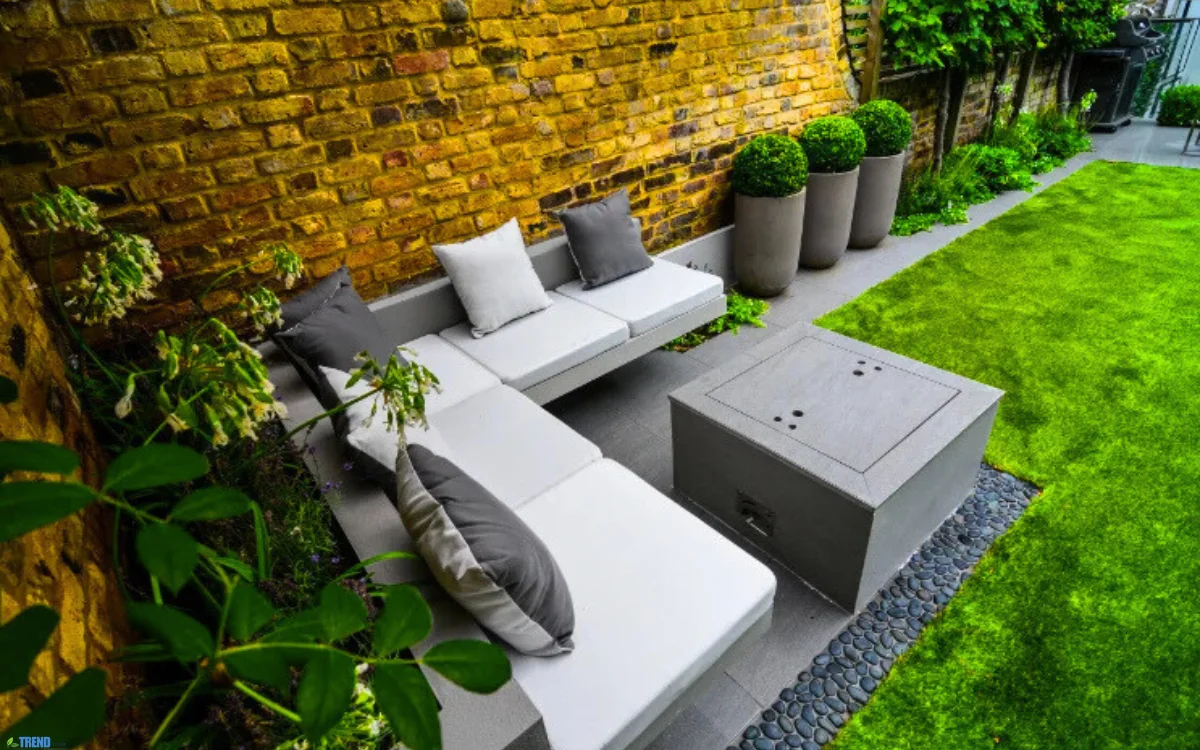
Designing a garden seating area can completely transform your outdoor space into a functional and inviting retreat. Whether you have a small backyard, a large lawn, or even a modest patio, the right seating arrangement adds both comfort and beauty. A well-planned garden seating area not only enhances relaxation but also increases the usability of your garden throughout the year.
Why a Garden Seating Area Matters
A garden seating area is more than just a place to sit; it is the heart of outdoor living. When thoughtfully arranged, it provides a space for family gatherings, quiet reading, or evening tea surrounded by nature. By introducing comfortable furniture, shaded corners, and greenery, you create a natural extension of your home where indoor comfort meets outdoor freshness.
A dedicated garden seating area also encourages people to spend more time outside. In today’s fast-paced world, fresh air and natural surroundings offer a calming effect on the mind. Sitting outdoors can help reduce stress and improve mood, making it not just a design feature but also a lifestyle upgrade.
Planning Your Garden Seating Area
Planning is the key to achieving a perfect garden seating area. Start by analyzing the size of your outdoor space and how much of it you want to dedicate to seating. Smaller spaces may benefit from foldable chairs or benches, while larger gardens can accommodate sofas, swings, or dining sets. Think about sunlight patterns, as placing your seating in partial shade ensures comfort during hot afternoons.
Choosing the Right Location
The location of a garden influences its functionality. If you enjoy morning sunlight, set up near the eastern side of your garden. For privacy, select a corner shielded by hedges or tall plants. Those who like entertaining guests may prefer a central spot where the seating becomes the highlight of the garden.
Selecting Suitable Furniture
Furniture selection makes a big difference in how your garden seating area looks and feels. Wooden benches give a rustic charm, while rattan or wicker sets bring a cozy feel. For a modern vibe, choose metal or minimalist designs. Adding cushions and weather-resistant fabrics ensures comfort without sacrificing durability.
Adding Functional Accessories
To make your garden seating area more practical, consider adding side tables for drinks, rugs to soften the space, or storage benches for keeping cushions safe when not in use. These accessories not only enhance comfort but also make the space more user-friendly.
Designing a Stylish Garden Seating Area
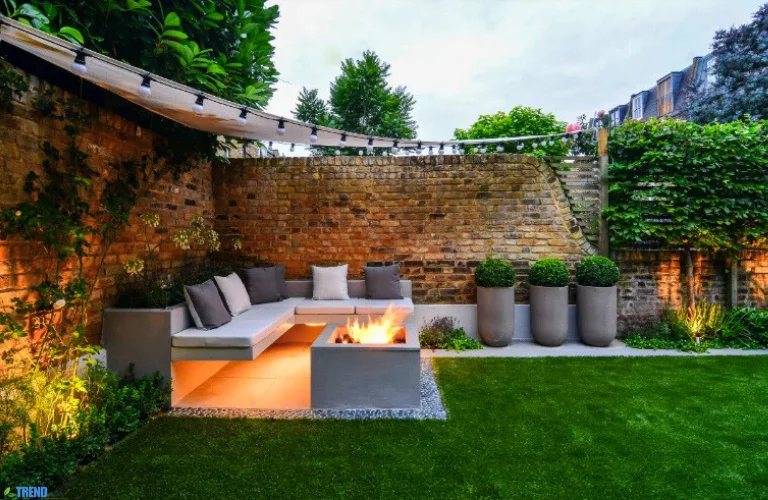
Style plays a huge role in making a space more appealing. With creative design elements, even a simple corner can feel like a luxury retreat.
Adding Natural Shade
A shaded garden seating area offers comfort during warm days. Pergolas, umbrellas, or climbing plants over wooden frames create natural shelter. This not only keeps the seating cool but also adds aesthetic appeal.
Blending with Greenery
Your seating should connect naturally with surrounding plants. Use potted flowers, hanging baskets, or vertical gardens around the seating. Incorporating aromatic herbs like lavender or mint nearby enhances relaxation with pleasant fragrances.
Lighting for Evening Comfort
A seating area should remain functional after sunset. Soft string lights, lanterns, or solar-powered lamps create a cozy ambiance. Lighting also makes the space safe and inviting for night gatherings.
Practical Tips for Your Garden Seating Area
When designing your garden seating area, practicality is as important as style. Ensure easy access to the house, especially if you plan to serve food or drinks. Use weather-resistant materials to withstand outdoor conditions. Consider portable furniture that can be rearranged for different occasions. A well-maintained space lasts longer and remains comfortable year-round.
Creating Zones
If you have a larger garden, divide it into zones with different seating arrangements.One space can serve for dining, while another can be reserved for relaxation. This zoning approach helps make the most of your outdoor space.
Seasonal Adjustments
A seating area should adapt to different seasons. In summer, lightweight cushions and umbrellas keep the area cool. During winter, add blankets, a fire pit, or outdoor heaters for warmth. Adapting your seating with the seasons ensures it remains functional all year.
Keeping It Low Maintenance
A great garden seating area does not have to be high-maintenance. Opt for furniture that is easy to clean and fabrics that resist fading. Regularly sweeping leaves, cleaning cushions, and trimming nearby plants will keep the area fresh and inviting without too much effort.
Benefits of a Garden Seating Area
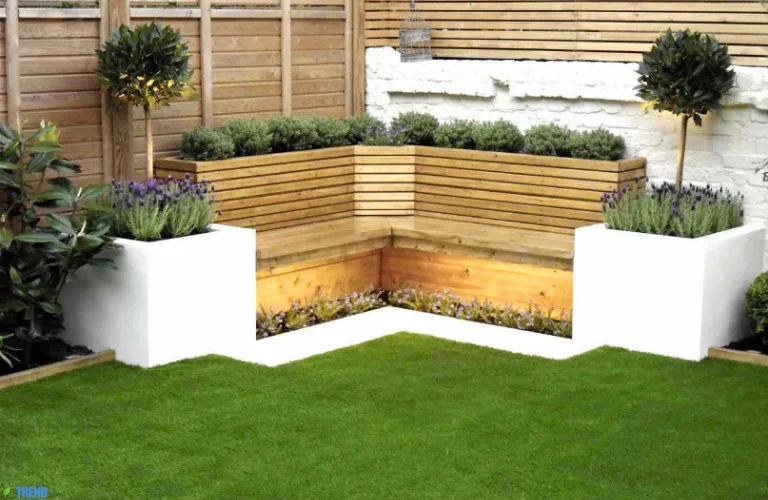
The benefits go beyond comfort. It improves your lifestyle by encouraging outdoor activities and reducing stress. Spending time in nature while sitting in a dedicated space promotes relaxation, creativity, and family bonding. Furthermore, a well-designed space increases the value of your property by boosting curb appeal.
A seating area also enhances social interactions. Inviting friends over for tea, hosting small parties, or enjoying outdoor meals becomes easier when you have a dedicated seating space. It strengthens family connections and provides a pleasant alternative to indoor gatherings.
Conclusion
A garden seating area is a valuable addition to any outdoor space, offering a perfect blend of comfort, functionality, and beauty. With careful planning, the right furniture, and thoughtful design elements, you can create a personal retreat that enhances your everyday life. From morning coffee to evening gatherings, your backyard becomes a true extension of your home.
FAQs
Q1: How can I make my garden seating area more private?
Use tall plants, hedges, or outdoor screens to create a private space that feels secluded and comfortable.
Q2: Can I create one in a small garden?
Weather-resistant furniture like rattan, metal, or treated wood works best as it combines durability with style.
Q3: Can I create one in a small garden?
Yes, even small gardens can have a cozy space by using compact benches, foldable chairs, or corner seating arrangements.
Q4: How do I keep my seating area usable in all seasons?
In summer, add shade and light fabrics, while in colder months, introduce blankets, heaters, or fire pits to keep the space comfortable year round.
Q5: What lighting works best for a garden?
String lights, lanterns, or solar lamps provide soft illumination, making the space cozy and inviting in the evening.
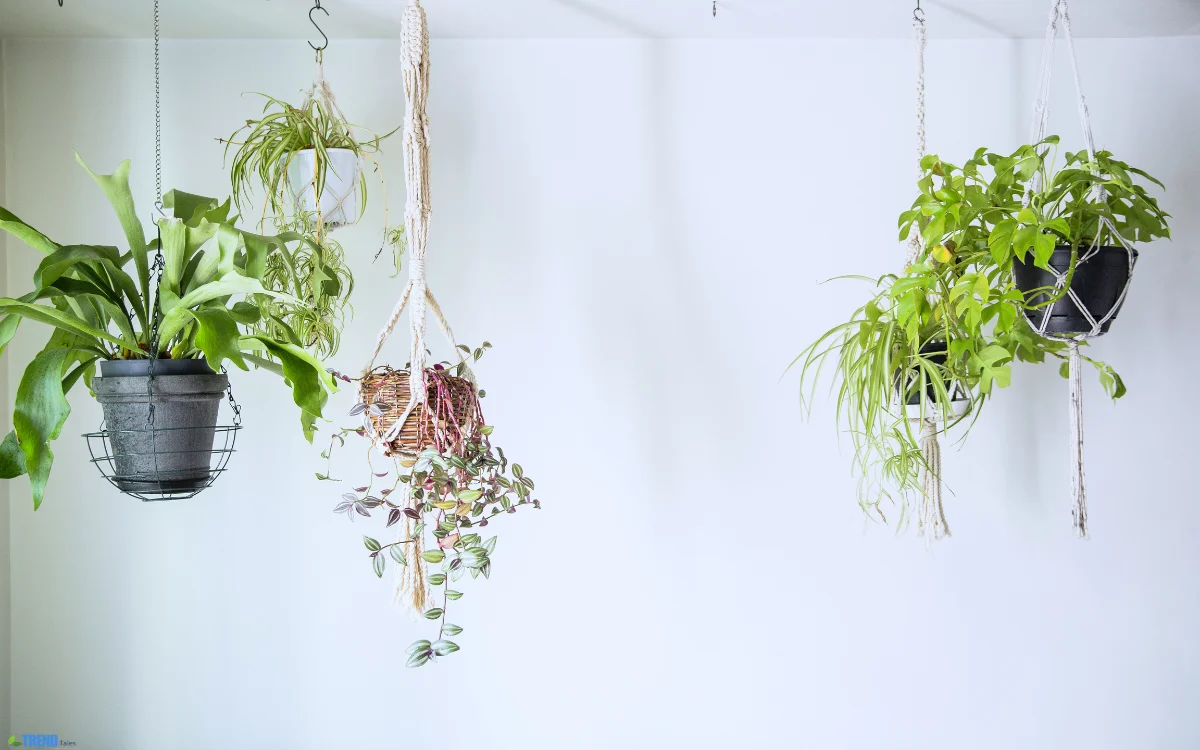
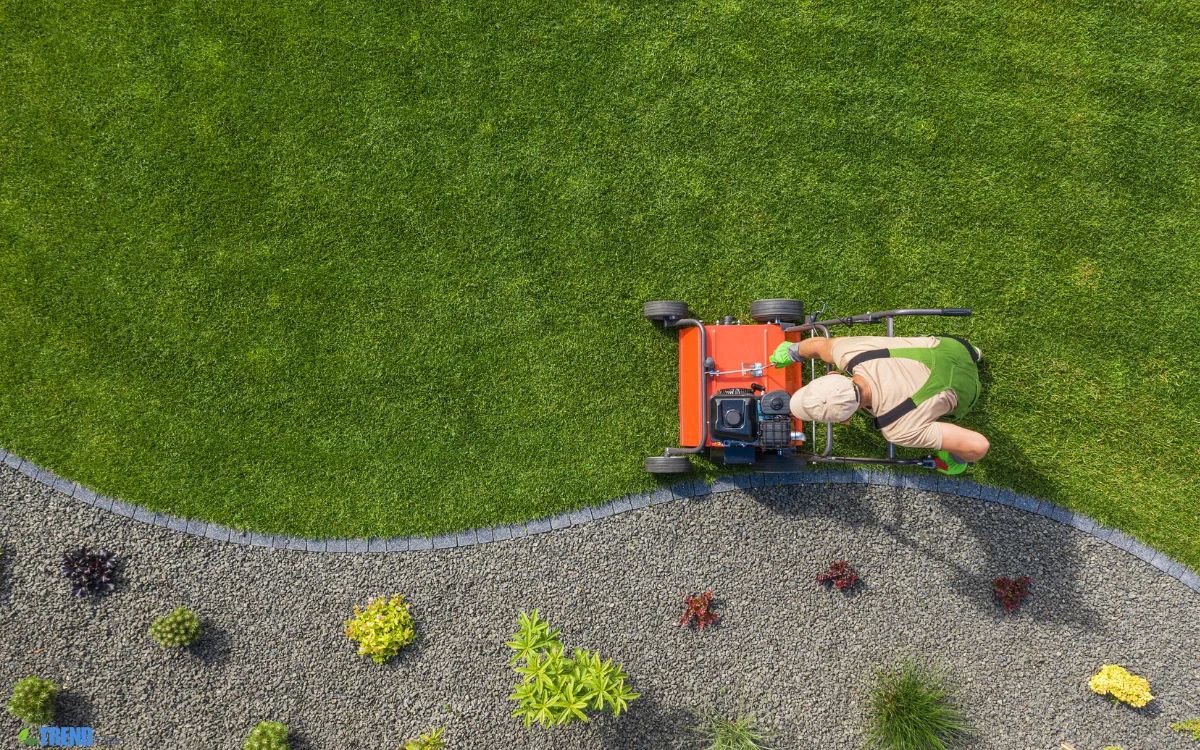
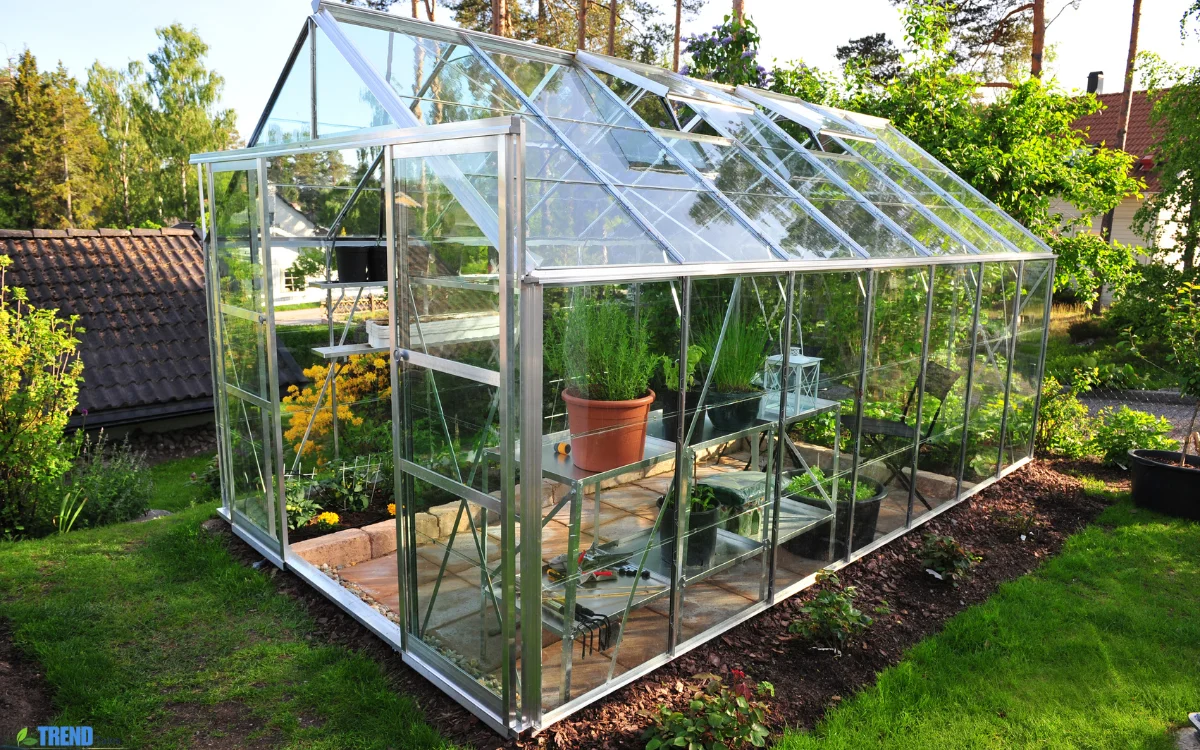
1 comment